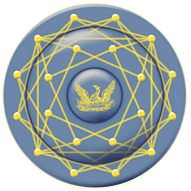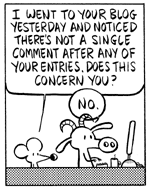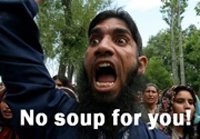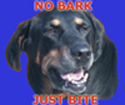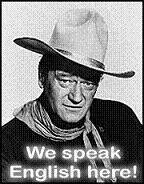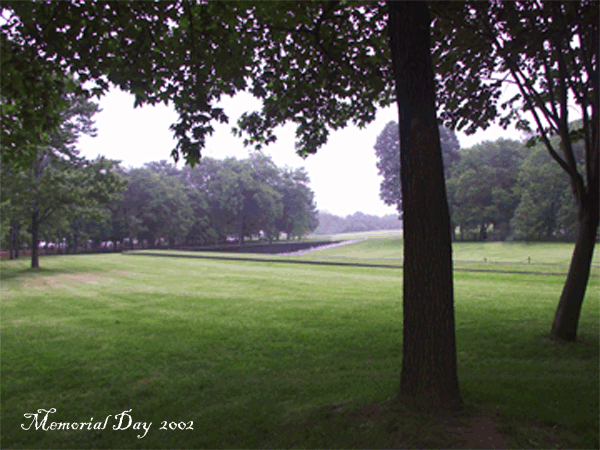Hawkeyes
I found this to be interesting because I worked as an Image Interpreter in the Army in the late 70's. This is just light years ahead of the technology we had then. We found the fastest way to turn around an aerial recon request was to just go fly it in a helicopter or light aircraft with a 35mm camera and process film ourselves. We made maps by tearing up aerial photos and gluing the pieces together like a mosaic.
The bad guys can run, but they can't hide.
FROM STRATEGYPAGE.COM:
Hawkeyes
October 21, 2008: While real time video (RTV) is all the rage in the military right now, old fashioned aerial photos still play an important role. For one thing, these are used for combat operations, as they are more up-to-date and useful than maps. But since these still photos are digital, they lend themselves to more thorough analysis. Intel troops scan these digital images with off-the-shelf tools, and manipulate images to make better sense of what they are looking at (as in, "are those AK-47s and RPGs piled in the back of that pickup?") Often the analyst will pass a photo on down the line, so troops who patrol that particular area can have a look. If it's an area that doesn't get patrolled (as in most of Afghanistan, and much of Iraq), you can ask the air force to have a Predator take a closer look, or suggest that SOCOM send some of its Special Forces or SEALs to look around.
Because digital photos do not require developing, and are easy to store, lots more of them are taken. There are plenty of aircraft for doing so (including U.S. Navy P-3 maritime patrol aircraft adapted to watching large land areas). Still photos of the same location can be compared, and the differences are often revealing.
The army has a system, called Constant Hawk, that automates this process. This is basically a pattern analysis application. Pattern analysis is one of the fundamental tools Operations Research (OR) practitioners have been using since World War II (when the newly developed field of OR got its first big workout). Pattern analysis is widely used on Wall Street, by engineers, law enforcement, marketing specialists, and now, the military.
Constant Hawk uses a special video camera system to observe a locality and find useful patterns of changing behavior. Some of the Constant Hawk systems are mounted on light aircraft, others are mounted on towers or other ground structures. Special software compares photos from different times. When changes are noted, human analysts are alerted to check more closely. Thus has resulted in the early detection of thousands of roadside bombs and terrorist ambushes. This has largely eliminated roadside bomb attacks on some supply convoys, which travel the same routes all the time. Those routes are also watched by Constant Hawk. No matter what the enemy does, the Hawk will notice.
The intelligence services have developed variations on Constant Hawk, but they don't like to discuss it. The reasons are obvious. If the enemy know details of how these photo comparison systems operate, they have a better chance of deceiving them. Currently, the more insightful bad guys have figured out that someone always seems to be watching, and the less you show of yourself, the less frequently you will be found or attacked. But no one moving around and fighting is invisible to unblinking, and constant, digital eyes up there.


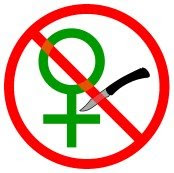.jpg)








